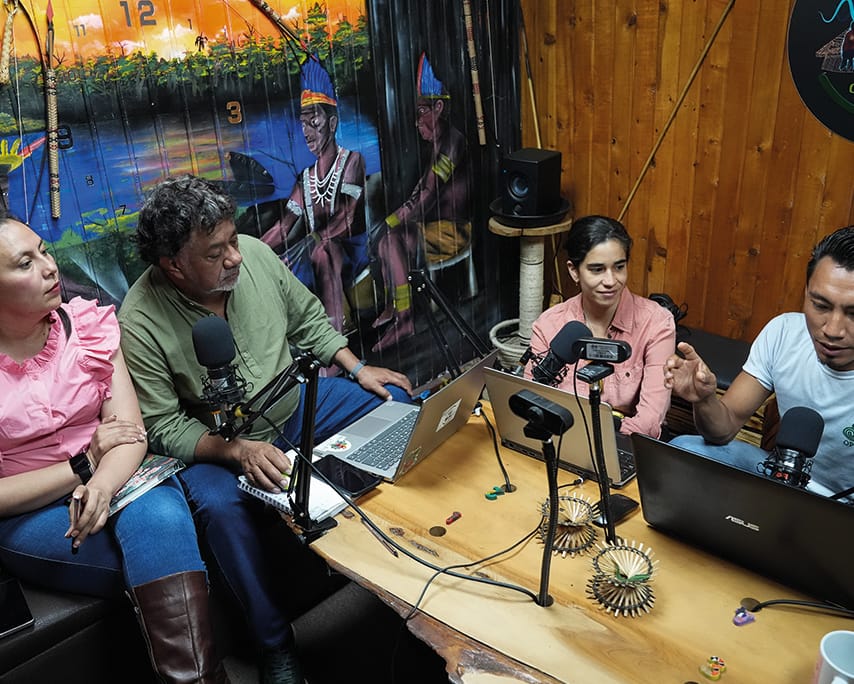The continued role of radio in creating awareness and action
As we celebrate World Radio Day, it is crucial to recognise how organisations can harness traditional and digital forms of radio to drive social change. In this digital era, organisations have a powerful opportunity to use their media presence to shape public perception and foster a culture that condemns gender-based violence.
This argument works on the premise that most organisations today are media entities as they adapt various social media platforms and incorporate innovative technology in their daily operations, more so when communicating with their communities. There is also the fact that modern radio is no longer confined to AM/FM waves. With the rise of internet radio, podcasts, and streaming audio, radio has evolved to stay relevant. Some platforms mimic traditional radio experiences while offering on-demand and interactive elements. This fusion of old and new media ensures that audio-based storytelling thrives.
Radio has historically been a vital tool for informing, educating, and mobilising communities. However, the rise of social media platforms—such as Facebook, Instagram, YouTube, and TikTok—has given organisations a newfound reach to engage with massive audiences, spark conversations, and encourage lasting societal change. Unlike in the past, where messages from organisations were broadcast with limited interaction, today’s audiences actively consume and participate in media. This shift allows advocacy campaigns to raise awareness and inspire real-world action addressing economic, political, and societal issues.
In the past, conventional media monopolised mass influence, acting as the gatekeepers of information. Today, brands, corporations, non-governmental organisations, and even individuals can shape public opinion through digital platforms. This shift means influence is no longer concentrated in a few elite hands but is now widely accessible to those with the right strategy and engagement. Some organisations are no longer sellers of products and services; they have become content creators and influencers, shaping cultural conversations, from sustainability to gender equality. Others use this newfound potential to mobilise support, fundraise, and drive legislative change, effectively replacing traditional media as the primary informers on human rights issues—their ability to influence public discourse rivals that of conventional media.
Therefore, the days of hastily produced content by inexperienced or in-house professionals not qualified to generate content are fading. Audiences now expect credible, well-researched, and structured messaging. Organisations must invest in polished, professionally curated content that educates and inspires. High-quality storytelling and expert-backed narratives enhance credibility and drive engagement. For instance, radio programmes featuring survivors’ stories, expert discussions, and community dialogues can catalyse change. When paired with strategic social media campaigns, such messages can reach global audiences and encourage collective responsibility in addressing various issues.
For a long time, radio has transformed communication by making information accessible, whereas other media continue to face barriers. Transformative publications and broadcasts excel where advocacy messages are adapted for local audiences through language translations, culturally relevant narratives, or multimedia adaptations. For example, multilingual radio broadcasts and social media campaigns can help dismantle barriers to information access, making crucial messages more inclusive. This ensures that all communities, regardless of geography or literacy levels, can participate in the fight against violence against women.
On World Radio Day, we acknowledge radio’s ability to adapt and its continued crucial role in making information available to all, including visually impaired and illiterate populations. Regardless of radio’s core strengths, such as its reach, simplicity, and immediacy, organisations must employ purposeful storytelling, high-quality content, and a commitment to authenticity for transformative communication.



